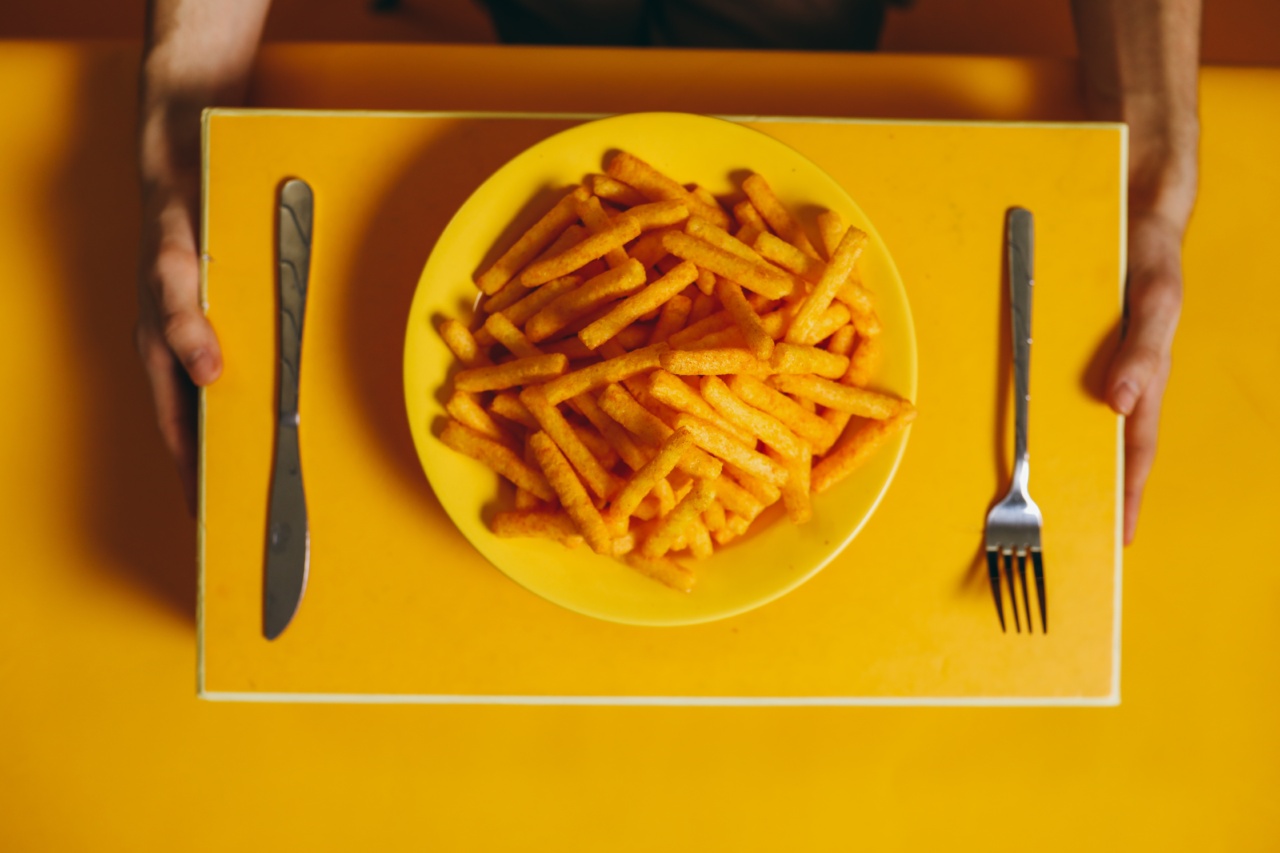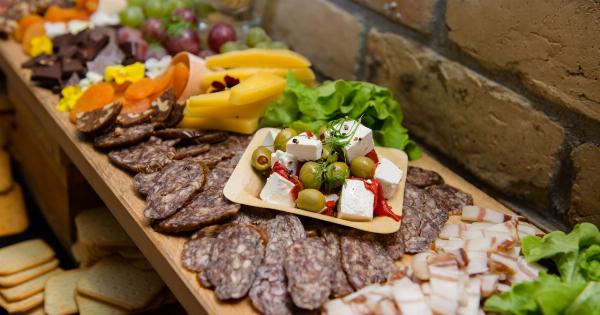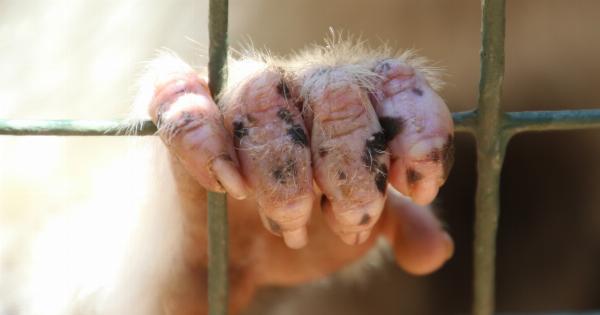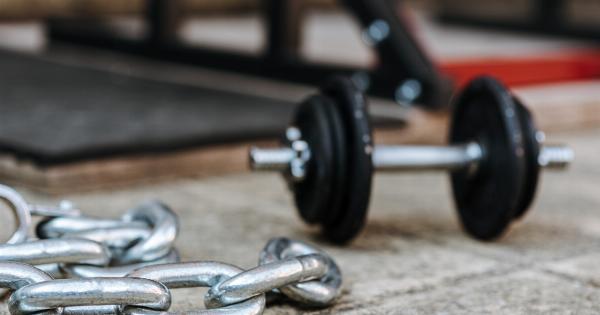When it comes to snack foods, few can rival the popularity and widespread love for crisps (or potato chips). These crunchy, savory treats have become a staple of many people’s diets, offering a satisfying and addictive snack experience.
But what is it about crisps that makes them so irresistible? Why do we find it so difficult to stop eating them once we’ve opened a bag? In this article, we will dive deep into the reasons behind our insatiable desire for crisps, exploring the psychological, physiological, and social factors that contribute to our inability to resist their allure.
The Power of Psychological Cravings
One of the main reasons why we struggle to stop eating crisps is due to the power of psychological cravings.
Crisps are carefully engineered to be incredibly flavorful and satisfying, often combining salty, savory, and sometimes even sweet notes to create an indulgent taste experience. These flavors trigger pleasure centers in the brain, releasing feel-good neurotransmitters like dopamine, which reinforces our desire to keep eating.
The more we consume, the more our brain craves the sensory pleasure and satisfaction that crisps provide.
Moreover, the crunchiness of crisps also adds to their psychological appeal. Research has shown that the sound of crunching triggers a primal instinct in our brains, making us feel more satisfied with our eating experience.
This makes it harder to resist reaching for another crisp, as our brain associates that satisfying crunch with pleasure and reward.
The Role of Physiology
Aside from psychological factors, there are also physiological reasons why we find it difficult to stop eating crisps. Our bodies are hardwired to seek out high-calorie and high-fat foods, as they provided survival advantages in our evolutionary past.
Crisps, being a concentrated source of both calories and fat, tap into this primal drive to consume energy-dense foods.
Additionally, crisps are often designed to be highly palatable, containing the perfect combination of salt, fat, and flavorings that make them incredibly enjoyable to eat.
This palatability stimulates our taste buds and increases our desire to continue munching on these tasty treats. The combination of their energy-rich composition and pleasurable taste contributes to our difficulty in stopping ourselves from reaching for more.
Social Influence and Snacking Habits
Our environment and social context also play a significant role in our inability to stop eating crisps. Snacking has become a social norm in many cultures, and crisps are often present in social gatherings, parties, and even office pantries.
The mere presence of crisps can trigger a desire to eat, especially when surrounded by others who are indulging in these snacks.
Furthermore, marketing and advertising tactics employed by crisp manufacturers also contribute to our obsession with these snacks. Clever packaging, enticing flavors, and catchy commercials create an image of crisps as a must-have snack.
These strategies capitalize on our susceptibility to suggestion, making us more likely to give in to our cravings and indulge in a bag of crisps.
Impact of Habit Formation
Habit formation also plays a significant role in our inability to stop eating crisps. Once we develop a habit of snacking on crisps, it becomes deeply ingrained into our daily routines, making it difficult to break free.
Our brains are wired to seek out rewards, and the routine of opening a bag of crisps and experiencing the pleasure that comes with it reinforces this behavior, turning it into an automatic response.
Furthermore, studies have shown that the more frequently we engage in a behavior, the more cravings we experience for it.
This means that if we regularly snack on crisps, our cravings for them will become stronger over time, making it even harder to resist their allure. Habits are powerful forces that often operate beneath our conscious awareness, driving our behaviors and making it challenging to change our snacking patterns.
The Role of Emotional Eating
Emotional eating is another factor that contributes to our inability to stop eating crisps. For many people, crisps serve as a form of comfort or a way to cope with stress, boredom, or other emotional states.
When we’re feeling down or seeking solace, reaching for a bag of crisps provides a temporary distraction and a soothing effect. This emotional association between crisps and comfort reinforces a cycle of reaching for them whenever we’re faced with challenging emotions, making it harder to break free from this habit.
The Paradox of Choice
Another interesting aspect of our obsession with crisps is the paradox of choice. With countless flavors and varieties available on the market, we are constantly tempted to try new and exciting options.
The seemingly endless array of crisp flavors stimulates our curiosity and desire for novelty, driving us to continue eating in search of that perfect combination of taste and texture. This paradox of choice makes it challenging to stop eating crisps, as there is always the fear of missing out on something new and delicious.
The Need for Mindful Consumption
While the addictive nature of crisps and the various factors discussed above make it difficult to stop eating them, it’s essential to cultivate mindful consumption habits.
Becoming aware of our cravings, understanding the triggers that lead us to reach for crisps, and finding healthier alternatives can help us break free from their grip. Mindful snacking involves paying attention to our hunger cues, choosing nutritious options, and savoring each bite, rather than mindlessly devouring a bag of crisps.
Conclusion
Crisps have found their way into our hearts and our snack routines, offering a combination of pleasure, convenience, and social enjoyment.
The irresistible taste, the crunch, and the carefully crafted flavors make it hard to resist reaching for another crisp. Our brains, physiology, social context, and habits all contribute to our obsession with crisps, making it a challenge to stop eating them.
However, by understanding the psychological, physiological, and social factors at play, as well as incorporating mindful consumption practices, we can regain control over our crisp consumption habits and make healthier snacking choices.































